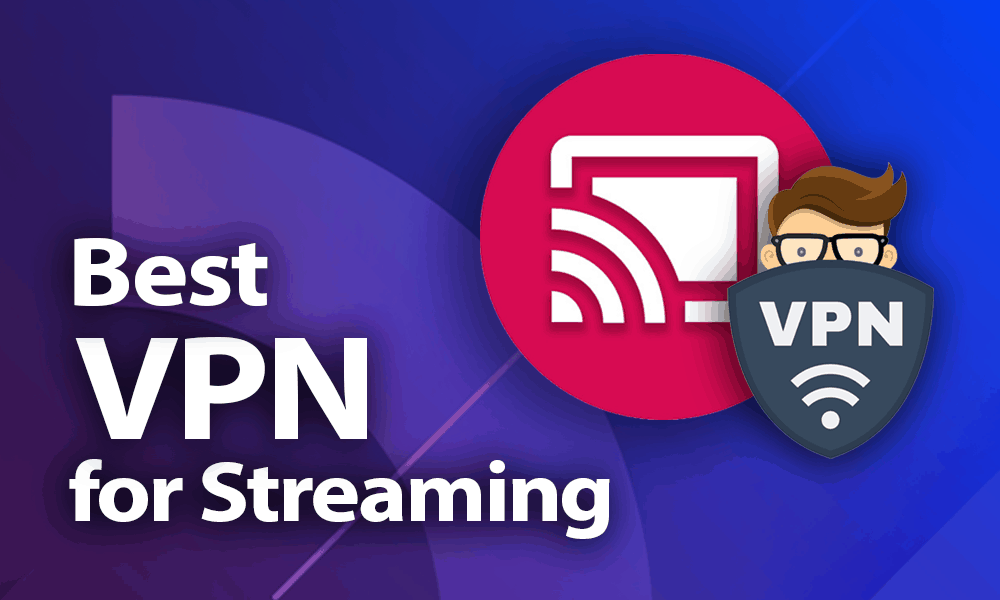Strategy for Digital inclusion and Bridging the Digital divide
For a more just and interconnected society, it is crucial to promote digital inclusion and close the digital gap.

]In today's digital inclusion age, access to the internet and digital technologies has become increasingly essential for participating in modern society.
However, a significant portion of the global population still lacks adequate access to these resources, creating what is known as the "digital divide."
This divide can exacerbate existing inequalities and hinder social and economic development. To address this issue, various strategies have been implemented worldwide to promote digital inclusion and bridge the digital divide.
In this blog post, we will evaluate the effectiveness of some of these strategies and highlight their impact on narrowing the digital divide.
Infrastructure Development by Digital inclusion
One of the most fundamental steps in promoting digital inclusion is the development of robust information and communication technology (ICT) infrastructure. This includes the expansion of broadband networks and the establishment of affordable, reliable internet connections in both urban and rural areas.
Effectiveness: Infrastructure development has proven to be a highly effective strategy in bridging the digital divide. Countries that have invested in expanding their digital infrastructure have witnessed significant improvements in internet access and usage rates. For instance, South Korea and Singapore have made substantial investments in high-speed broadband networks, resulting in widespread internet access and usage.
Subsidized Internet Access
To make the internet more accessible, governments and organizations often provide subsidies or discounts on internet services to low-income individuals and families. This reduces the financial barrier that many people face when trying to get online.
Effectiveness: Subsidized internet access programs have been successful in increasing internet adoption rates among marginalized communities. For example, the "Lifeline" program in the United States provides a subsidy to eligible low-income households, leading to increased internet access among underserved populations.
Community Wi-Fi Initiatives
Community Wi-Fi initiatives involve setting up public Wi-Fi hotspots in areas with limited internet access. These hotspots are often located in public spaces such as libraries, parks, and community centers.
Effectiveness: Community Wi-Fi initiatives have proven to be effective in providing internet access to underserved communities. They allow people who may not have access at home to go online for educational, job-seeking, and communication purposes. This strategy has been especially valuable in rural and remote areas where traditional broadband infrastructure is lacking.
Digital Literacy Training
Providing digital literacy training programs can empower individuals with the skills and knowledge they need to use digital technologies effectively. These programs often target seniors, people with disabilities, and those who have had limited exposure to technology.
Effectiveness: Digital literacy training has been essential in ensuring that internet access leads to meaningful digital inclusion. Learning how to use digital tools and navigate online resources is crucial for individuals to fully participate in the digital world. Numerous studies have shown that digital literacy programs have a positive impact on bridging the digital divide.
Affordable Devices
Another key component of digital inclusion is ensuring that people have access to affordable digital devices, such as smartphones, tablets, and computers. Many governments and organizations run programs to distribute or subsidize such devices among disadvantaged populations.
Effectiveness: Making affordable devices available to underserved communities has been effective in increasing internet access. Affordable smartphones, in particular, have played a significant role in connecting people to the internet in developing countries. Programs like India's "Digital India" have successfully distributed low-cost smartphones to rural areas, bridging the digital divide.
Public-Private Partnerships
Collaboration between governments, private sector companies, and non-profit organizations is crucial in addressing the digital divide. Public-private partnerships (PPPs) can leverage resources, expertise, and innovation to expand digital access and inclusion.
Effectiveness: Public-private partnerships have been effective in accelerating digital inclusion efforts. Private sector companies often bring technical expertise and resources, while governments provide policy support and funding. An example is the "Connect America Fund" in the United States, which involves both government and private sector contributions to expand broadband access in underserved areas.
Government Policies and Regulations
Effective government policies and regulations play a significant role in promoting digital inclusion. Policies that promote competition, encourage investment in digital infrastructure, and ensure net neutrality can help create a more inclusive digital environment.
Effectiveness: Government policies and regulations have been instrumental in shaping the digital landscape. For instance, countries like Estonia have implemented progressive e-governance policies, making government services accessible online, thus reducing the digital divide. However, the effectiveness of such policies can vary depending on their implementation and enforcement.
Mobile Internet and 5G Expansion
The growth of mobile internet and the deployment of 5G networks have the potential to further bridge the digital divide. These technologies offer faster and more reliable connections, especially in remote and underserved areas.
Effectiveness: Mobile internet and 5G expansion have already shown promise in expanding digital access. In many developing regions, mobile phones are the primary means of internet access. The rollout of 5G networks can further enhance connectivity, making it easier for people in rural and urban areas to access the internet.
Challenges and Considerations
While these strategies have shown promise in promoting digital inclusion and bridging the digital divide, several challenges and considerations must be addressed:
- Sustainability: Many initiatives depend on continued funding and support, which can be challenging to sustain in the long term.
- Accessibility: Digital inclusion efforts must consider the needs of individuals with disabilities to ensure equitable access for all.
- Privacy and Security: As more people come online, protecting their privacy and ensuring online security become paramount.
- Content Relevance: Ensuring that online content is relevant and available in local languages is crucial for promoting digital literacy and engagement.
- Cultural Sensitivity: Strategies should be culturally sensitive and adapted to the specific needs of different communities.
Promoting digital inclusion and bridging the digital divide is essential for creating a more equitable and connected world.
The effectiveness of various strategies depends on factors such as regional context, implementation, and ongoing support.
To achieve lasting impact, a combination of these strategies, tailored to the needs of specific communities, is often necessary.
With continued efforts and innovation, we can work toward a more inclusive digital future where everyone has the opportunity to benefit from the digital age.
What's Your Reaction?





















